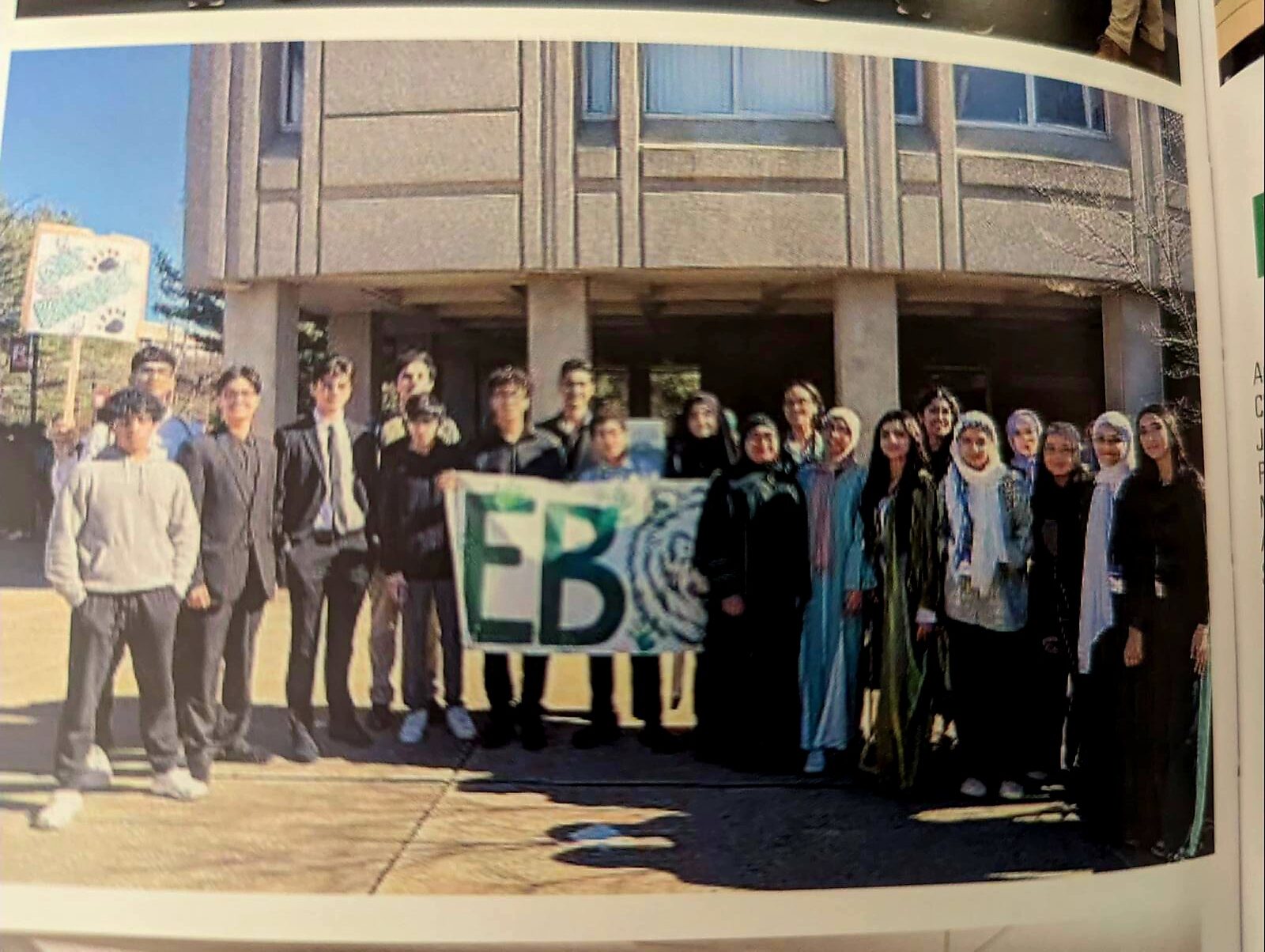Parshat Behar
As is true with the bulk of sefer Vayikra, this week’s parsha contains no historical events nor any personal story, only specific laws and statutes. However, it is unique insofar that none of the laws found in the parsha speaks of sacrificial rites, laws of purity and impurity or regulations to be followed by the Kohanim. This Torah portion focuses upon the agricultural/social laws of shemitah and yovel, the sale of an ancestral field (“sedeh achuza”), its time limitations and the obligation of its redemption.
Our haftarah follows suit, telling the story of the redemption of the ancestral field of Chanamel by his cousin, the prophet Yirmiyahu. The Talmud learns much of these laws of witnessing and sale of real estate from this episode in Sefer Yirmiyahu (32: 6-27). It is Hashem Himself Who commands the Navi to help his impoverished relative—a fact that troubles Rav Soloveitchik—as it should us. The rav wonders why Yirmiyahu has to be commanded by God to fulfill a mitzvah that is commanded to all in the Torah. Why was it necessary for Hashem to prompt him to do what should have been obvious?
Actually, the rav explains, the answer can be found in the Navi’s words themselves. God had previously told that the city of Jerusalem was doomed to fall into the hands of the Kasdim (Chaldeans). The prophet rightfully wonders: If redeeming an ancestral field is meant to insure that the field would return to the original family upon the advent of the yovel year, then of what purpose is the redemption if—upon the enemy’s conquest—everyone would lose their sedeh achuzah?
In his brilliant response, the rav suggests that we read the haftarah carefully. By doing so, we would learn how God requires Yirmiyahu to write two deed documents: one would be a “sefer galui,” an open document, while the other would be sealed, a “sefer chatum.” The open document—as the Gemara explains (Bava Batra 160b)—would be written with the text visible from the outside, while the sealed document would be folded and tied, with the text hidden from outside eyes.
Rav Soloveitchik enlightens us by suggesting that God was explaining to the Navi that He relates to our nation in two different ways. When Jews live on their land peacefully—when there are no threats from foreign enemies, as in no “Chaldeans” amassed on the border and storming the walls—then the rationale for the redemption of the ancestral fields is obvious and open to all. And the open document is sufficient. There are times, however, when God relates to the Jewish nation through a sealed document, when the reason for the redemption of a field is not easily understood; the deed is folded and tied and clear to none.
Hashem taught Yirmiyahu that although he lived in a time that redemption had to be written with a “sefer chatum” it will, ultimately, change to a “sefer galui.” And, as the rav closes his essay, he teaches that these laws of yovel are not only a halacha—but a promise. And he writes: “A father or grandfather sells his land in the first year of the yovel cycle. Fifty years later, the son or grandson may not even be aware that he has a nachala (inheritance). But, with the sound of the shofar of a yovel, someone knocks on the door and informs him that he now owns his ancestral land.”
And, so it is with the redemption of the ancestral land of all of Israel!
Rabbi Neil Winkler is the rabbi emeritus of the Young Israel of Fort Lee, and now lives in Israel.










